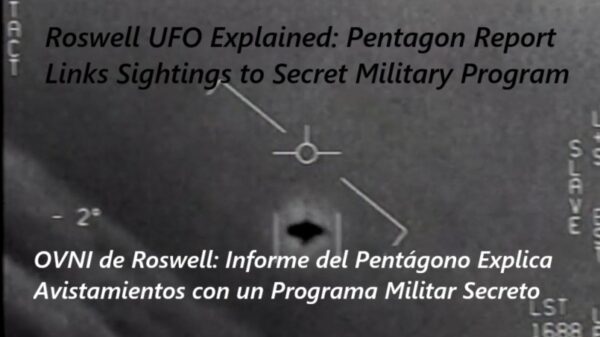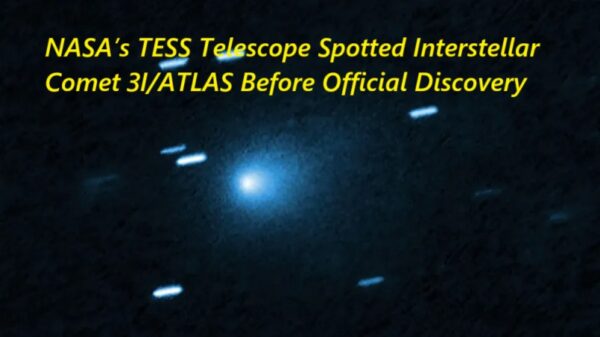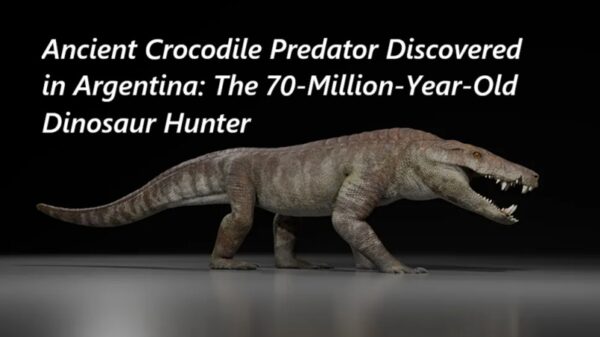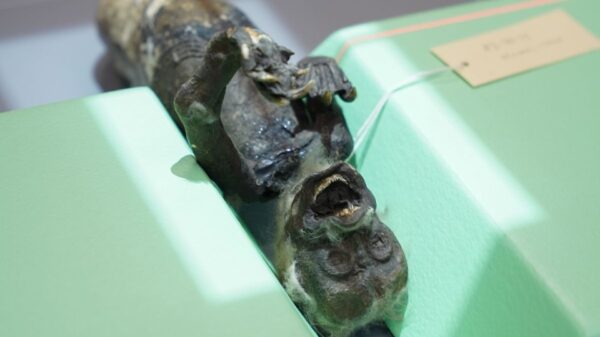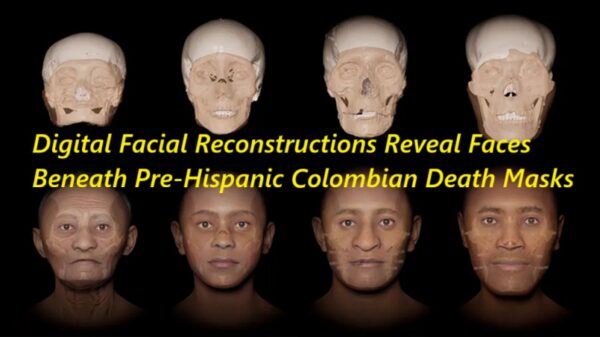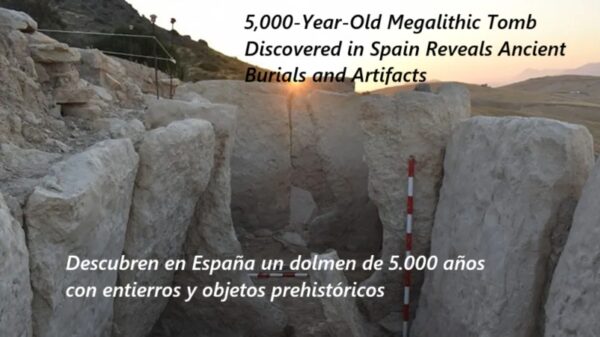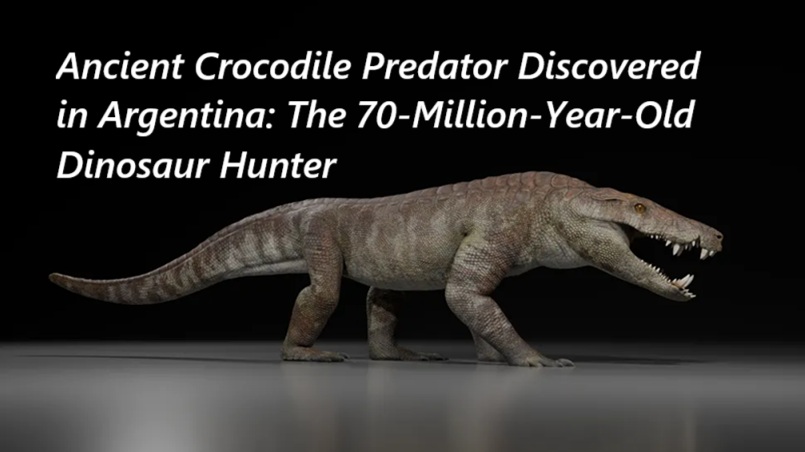70-million-year-old crocodile-like predator hunted dinosaurs in Argentina
Around 70 million years ago, in the age of the dinosaurs, a giant crocodile-like reptile roamed southern Patagonia in what is now Argentina. Scientists have named it Kostensuchus atrox.
This creature was about 3.5 meters (11.5 feet) long and weighed around 250 kilograms (550 pounds). With its wide snout, sharp teeth, and strong front legs, it was a dangerous hunter capable of attacking dinosaurs.
The name comes from “Kosten,” the strong Patagonian wind, and “Suchus,” the Egyptian crocodile god Sobek. The species was a hypercarnivore, meaning that more than 70% of its diet was meat.
Researchers found its well-preserved skeleton in 2020 in Patagonia’s Chorrillo rock formation. It belongs to an extinct group of crocodile relatives called peirosaurids, which were common in South America and Africa during the Cretaceous period. Some ate meat, others plants, making the ancient continents a real “land of crocs.”
Study author Fernando Novas explained that these prehistoric crocodiles were not only diverse but also played an important role in the ecosystems of their time. They competed with dinosaurs and sometimes even preyed on them.
Although Kostensuchus atrox was smaller than some giant dinosaurs living nearby — like Maip macrothorax, a 10-meter-long predator — it was still powerful enough to hunt smaller and medium-sized dinosaurs.
This discovery shows that dinosaurs lived alongside many fierce creatures, not only other dinosaurs, and that ancient Patagonia was home to a wide variety of predators.





